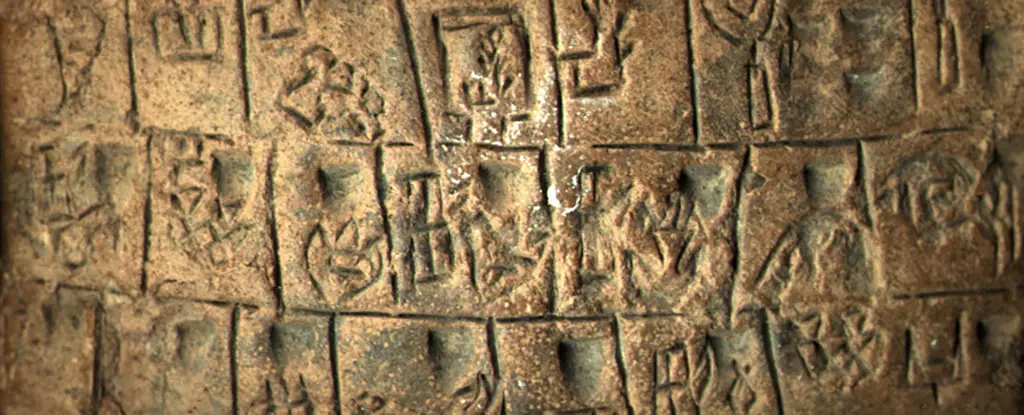Human beings have utilized various forms of communication throughout history, but identifying the inception of writing poses a historical challenge. This is particularly true when trying to understand how early humans transitioned from simple pictographs and tokens to a complex system of writing, capable of conveying abstract ideas and detailed narratives. Recent work by a team from the University of Bologna has shed light on this evolutionary process, linking ancient cylinder seals from Mesopotamia to an early visual communication method known as proto-cuneiform. This exploration into the ancients offers a glimpse into how our desire to communicate evolved into a sophisticated language framework.
Professor Silvia Ferrara and her team have taken a step forward in examining the intricate relationship between these ancient seals and the rudimentary writing system that later emerged. For a long time, the connection between the imagery depicted on these seals and the symbols of proto-cuneiform remained buried in speculation. Ferrara’s investigation aimed to clarify whether the artistic representations on cylinder seals played a crucial role in shaping the symbols that would eventually transform into writing as we recognize it today.
The research meticulously evaluated the designs on cylinder seals dating from the pre-writing era to the proto-literate period. The discovery that similar motifs present in the seal art correspond to proto-cuneiform symbols reveals a confluence of visual art and early writing systems. The cylinder seals illustrated various everyday elements, such as textiles and vessels, and these representations bore striking similarities to early writing signs, suggesting a possible standardization of symbols from concrete imagery.
Many of the symbols from proto-cuneiform were designed to represent basic concepts—an essential step on the path to what we now understand as grammar and syntax. The research highlighted that features of the depicted fringed textiles on the seals aligned with the triangular forms of proto-cuneiform signs, which communicated similar concepts. This likeness suggests that these seals may have played an instrumental role in the initial stages of literacy.
The significance of this evolution cannot be overstated. As cultural activities such as trade and agriculture became more complex, the need for efficient and reliable means of recording and transmitting information likewise increased. The designs on cylinder seals acted as a precursor that laid the groundwork for codified writing. They not only served an immediate practical purpose but also fulfilled a vital cultural role by aiding in the dissemination of information.
Initially, proto-cuneiform emerged as a rudimentary form of accounting, utilized by ancient societies to track commodities and transactions. The process of engraving images onto cylinder seals allowed for the recording of trade activities that were foundational to the economy of Mesopotamia. This practice demonstrated a sophisticated understanding of reference systems, whereby individuals could ‘print’ their records in clay, thereby preserving their economic dealings.
Ferrara’s findings, therefore, illustrate an important milestone: the recordings made on cylinder seals were not merely artistic expressions; they were indeed functional tools that bridged the gap between a purely visual representation of information and formal writing. The connection between these artifacts and the proto-cuneiform symbols illustrates how humanity’s cognitive capabilities evolved in response to socio-economic needs.
The leap from pre-writing systems to structured forms of writing is a hallmark of human innovation and cognitive development. The research from the University of Bologna enriches our understanding of this transition and elucidates the profound influence that visual artifacts like cylinder seals had on the formation of writing systems. It underscores the important role such images played in the gradual shift from prehistory to history, making visible the pathways through which early societies navigated their complex worlds. As we derive insights from ancient practices, we gain a deeper appreciation for the origins of writing, an invention that ultimately shaped human civilization.

Leave a Reply